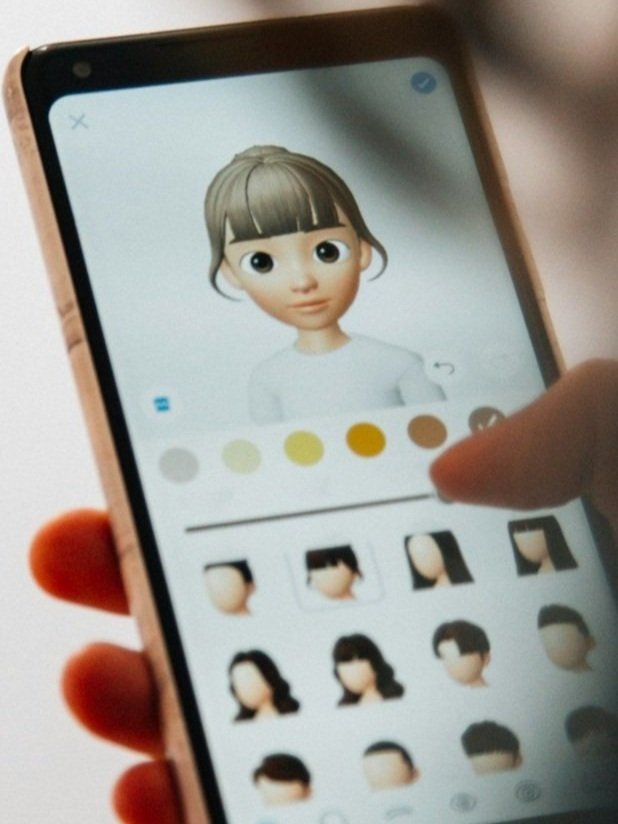How much screen time is too much?
Using your smartphone with intention
The image shows someone using their smartphone to make a personal emoji which can bring warmth to text communications. Photo by Charlesdeluvio on Unsplash.
How much screen time is too much? When you add world events of war and distress, the national election here in the USA, the post-pandemic blues that are still haunting society to your own personal everyday circumstances and stressors, you might say you have many reasons to be in front of a screen monitoring the situations. Being vigilant like this can mean too much screen time when you add the fact that many of us also use our devices for socializing and entertainment.
We are living in interesting times with many things vying for attention all at once. Living in the “information age” requires finding ways to manage the torrent of information coming to us through the digital pathways. In his book, Nexus: A Brief History of Information Networks from the Stone Age to AI, author Yuval Harari, compares information to food and how we need to take in the right kind in the right amounts, and how we need time and energy to digest what we take in. By extension, there is also a need to push the plate away and take a rest before taking in more information.
The analogy is apt: sometimes the onslaught of information—the images, the news, the emotions, the come-ons vying for our attention, the clickbait and horrors—is all too much to take in. The torrent of information is meant to keep us engaged, entertained, and excited, but all that excitement can also turn into upset and overwhelm. Harari also mentions that the use of the word “excited” in our culture has somehow come to mean “happy.” We say things like, “I am so excited to see you!” Thinking about happiness in this way is mistaken, because too much excitement exhausts the system and pushes it to its limits. The nervous system is not meant to handle excitement at a constant and uninterrupted rate. Rest periods are a must, and managing what you take in (mentally, physically, emotionally and spiritually) is also a must.
Where attention goes
Being aware of where your attention goes is a guiding principle in the practice of mindbody arts. In many ways, when we practice mindbody arts, we are training attention by simply being aware of what we are doing in the moment. On any given day, when interacting with your devices and smartphones, you can be aware of what is happening in your mind and body. Is there boredom? Is there stress and tension? Anxiety and impatience? Avoidance? When you do this consciously, you are getting to know our own mind and your patterns of use. Noticing what is coming into your awareness and what you are allowing into your mind at any given time is the principle of directing attention and focus in mindbody arts. More importantly, as you develop skill with directing your awareness through repeated practice, you tolerate mind wandering less and less and recognize distractions for what they are. Mind wandering can be replaced by the peace of a quiet mind that is undivided. Even while going through the loud and distracting marketplace or going through challenging and difficult personal circumstances, the mind can stay clear and find the way back to balance and peace.
Screen time and mental health
There is growing evidence that mental health is affected by screen time, because screen time means exposure to the Internet—what comedian John Oliver calls the “dark carnival of humanity’s worst impulses.” Fortunately or unfortunately, the Internet is vast and contains many things. The light is certainly there, but you have to know how to look for it. That requires commitment. If you are not sure about where to look, the Internet can be messy, confusing and shocking. Its immensity alone can be overwhelming and negatively impact mental health. This is the case especially for young developing minds, and the mental health reports about the young show it. Social psychologist, Jonathan Haidt, outlines the evidence of the harm that youth have experienced as a result of most children in the United States spending up to 10+ hours of screen time a day in his book entitled, Anxious Generation: How the Great Rewiring of Childhood is Causing an Epidemic of Mental Illness. Because so many kids are participating in viewing and creating content, it, it is easy for a child to feel left out if they don’t participate, so the social pressure makes it difficult to pull away and change the situation. The website for the book also features resources for helping families and individuals manage the use of devices and cultivate critical thinking. My favorite is the “How to Break Up with Your Phone” course by Catherine Price, which you can learn about here (note this course does have a cost).
It gives you pause to think about these things, especially in the light of your own screen time habits. Checking in with yourself and becoming conscious of your screen time habits is highly useful when it comes to directing your focus and supporting your wellbeing.
Qigong and exercise can help
There is a way forward. It turns out that exercise and mindbody practice can really help when it comes to reducing the effects of problematic smartphone use. One particular randomized control trial study evaluated the use of basketball, Baduanjin Qigong, and compared the two to a control group that received no intervention. The study showed that both basketball and Baduanjin Qigong had a positive effect on addressing the effects of problematic smartphone use (ranging between 4 to over 10 hours a day) where study participants reported high levels of anxiety, loneliness, feelings of inadequacy, and stress from using their smartphones for extended periods (see the Open Access article here). The key here is that exercise interventions help address the situation where smartphone use is problematic.
Have compassion for yourself
Because the business model of Big Tech exploits our attention for profit, it is helpful to recognize that managing the relationship with our devices requires awareness of the situation: there are algorithms and designs meant to keep you coming back, social pressures to stay connected and engaged, and maybe an innocent unawareness that there are big financial and social forces in play. Having compassion for the people and the circumstances, including yourself, is helpful, because it is easy for anyone to get lost and taken in in this digital landscape. Having mind-body arts practice is actually a useful tool for strengthening the attention skills needed to be able to remain centered and clear amidst an endless stream of information and stimulation that comes through the devices.
In an effort to take control and be resourceful, perhaps you have been on your phone researching how to be on your phone less. In preparing to write this piece, for example, I found that I was doing exactly that: I was on my phone and devices for hours as I reviewed articles, resources, and scientific research I have been collecting about this topic. I laughed at the irony of being “stuck” on my device like that. But I also realized that you, dear reader, are likely to be reading this piece while using a device! The whole exchange tells the story of our being in this together, and we can have compassion for one another as we find our way with the devices and the potential information overload.
Simple guidelines to use your devices with intention
So here are three reminders to encourage the right unenslaved relationship with your smartphone or devices. Be sure to do these things to set the tone for using your smartphone and devices:
1. Prioritize relationships with people and living things.
2. Cultivate intentional use of your devices.
3. Do non-digital things every day.
Contemplate your relationship to the ways of the world
There was a compelling short story in the New Yorker magazine about a nameless woman who over a period of lethargy and routine had started living her life in a chaotic way that seemed almost comical. In the story, her typical day started by stealing coffee from the self-serve pots at the local sandwich shop, being late to work, double-parking, jaywalking, cheating on her husband, lying about her whereabouts, kicking trash into her neighbor’s yard, and doing these things with a playful and almost innocent and childlike confidence. Someone else would clean up the mess of her ways, and, well, she had things to do and places to go. It was a shock to read and relate to the attitude of adults thinking and acting out a thought pattern of “To heck with consequences and affecting other people! What is the harm? I need to be me. I need to be free.” In the story all these small seemingly harmless activities add up as she goes from encounter to encounter as if in a trance, as if what she did did not matter, as if she did not know her own goodness and the effect she had on others. She had no sense of her own Light and her ability to live her life and do simple things with consideration for others and with kindness. In the story, the author asked a simple question:
“When had she taken in the ways of the world and made them her own?”
So finding yourself within the digital landscape, be aware of the ways of the world and where your attention goes. Be conscious of what you take in. Notice if and when the ways of the world become your ways at the expense of your Light, your peace, and your goodness. What you do matters, and you are not alone. The social contract among us is strengthened through honesty and through awareness of one other. It is how we create heaven on earth. So, in that light, the simple advice for right use of the devices is to ask yourself one question:
Can I use my device to create heaven on earth?
Yes, of course! Let’s do that.


